The history of the CIA
The Central Intelligence Agency (CIA) is a fascinating entity, shrouded in secrecy and intrigue. Established to collect and analyze information about foreign governments, corporations, and individuals, the CIA operates in a shadowy world that captures the public’s imagination.
Whether it’s tales of espionage, covert operations, or thrilling rescues, the agency has been involved in some of the most dramatic moments in modern history. Let’s embark on a journey through time to explore the key milestones and challenges faced by the CIA.
The Birth of the CIA: Origins and Early Days
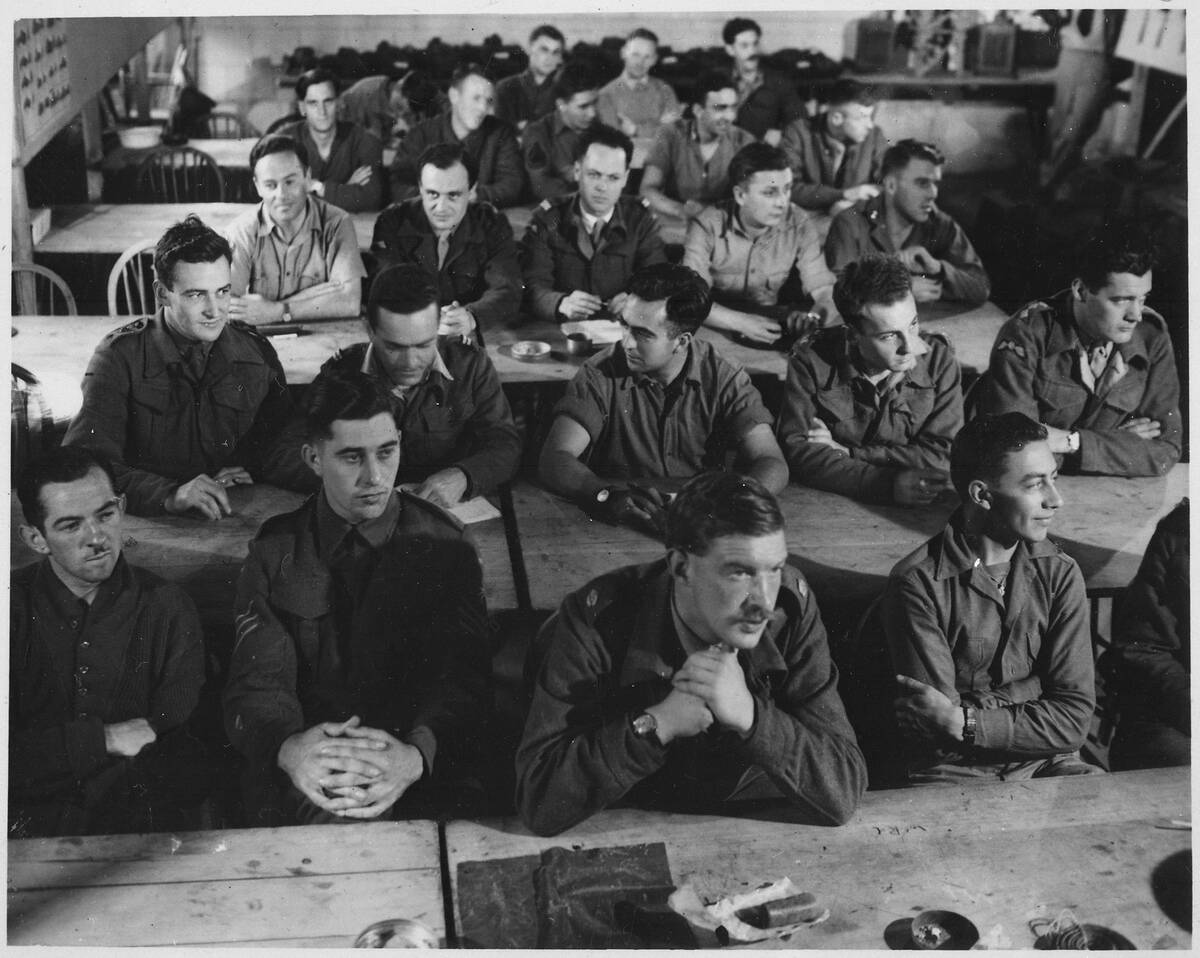
The CIA was officially formed on September 18, 1947, but its roots trace back to World War II. During the war, President Franklin D. Roosevelt established the Office of Strategic Services (OSS) to coordinate espionage activities behind enemy lines.
The OSS laid the groundwork for what would become the CIA, providing essential intelligence that aided the Allied victory. Following the war, it became clear that a peacetime intelligence agency was necessary to address the new global landscape.
From OSS to CIA: Transitioning After World War II
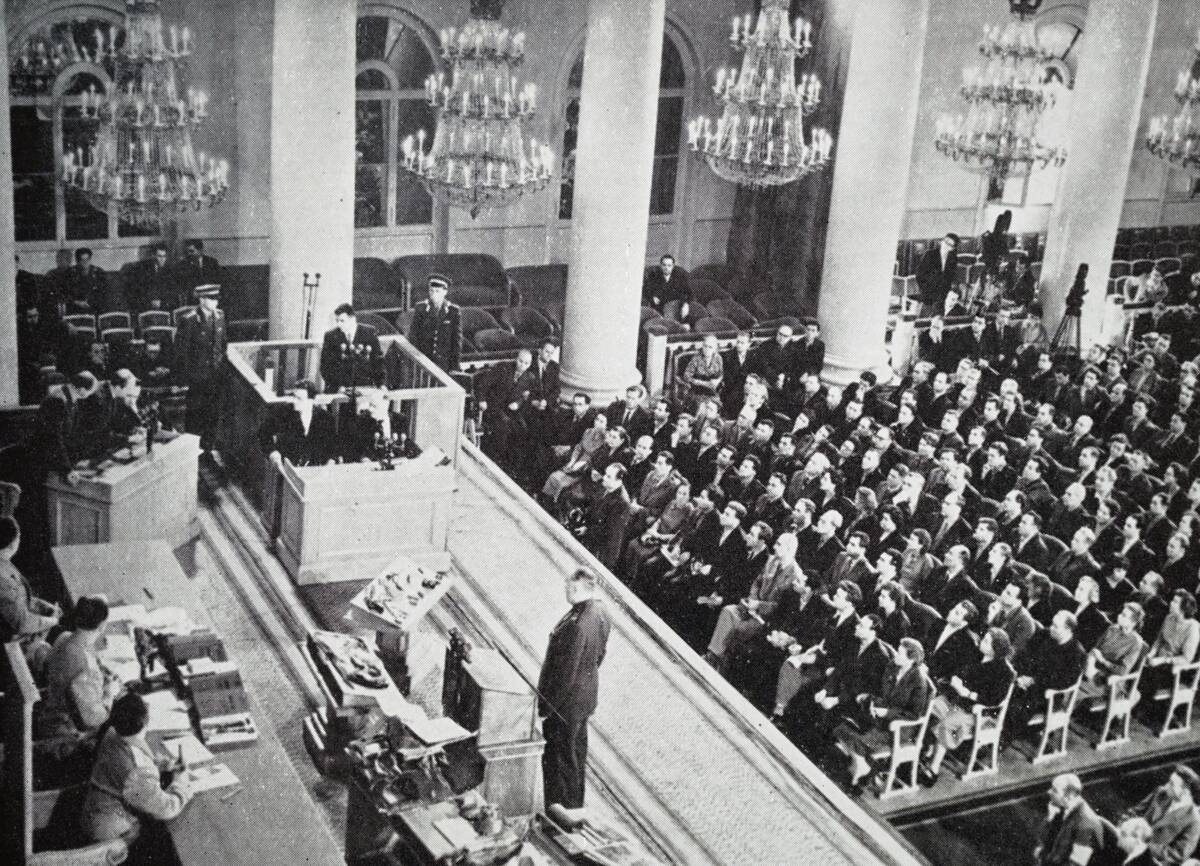
After World War II, the OSS was disbanded in 1945, but its legacy lived on. The need for a centralized intelligence organization was undeniable, leading to the creation of the Central Intelligence Group in 1946, which eventually evolved into the CIA.
This transition was marked by the recruitment of former OSS operatives and the development of new strategies to adapt to the Cold War era. The agency quickly became a key player in the United States’ efforts to counter Soviet influence worldwide.
The National Security Act of 1947: A New Era Begins
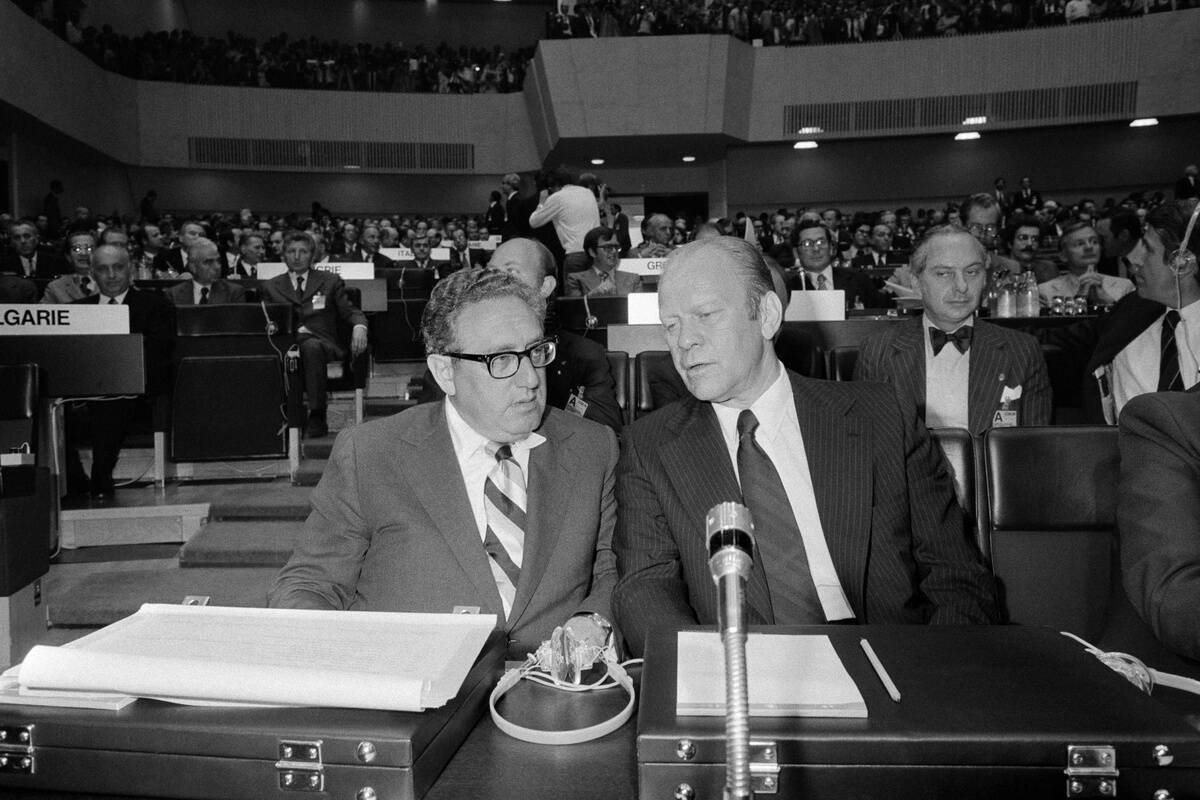
The National Security Act of 1947 was a pivotal piece of legislation that restructured the United States’ military and intelligence operations. It established the CIA as an independent agency, reporting directly to the President, and also created the National Security Council.
This act marked a new era in American intelligence, emphasizing the importance of strategic information gathering in maintaining national security. The CIA was now officially tasked with coordinating the nation’s intelligence activities and advising policymakers.
The First Director: Sidney Souers and His Role
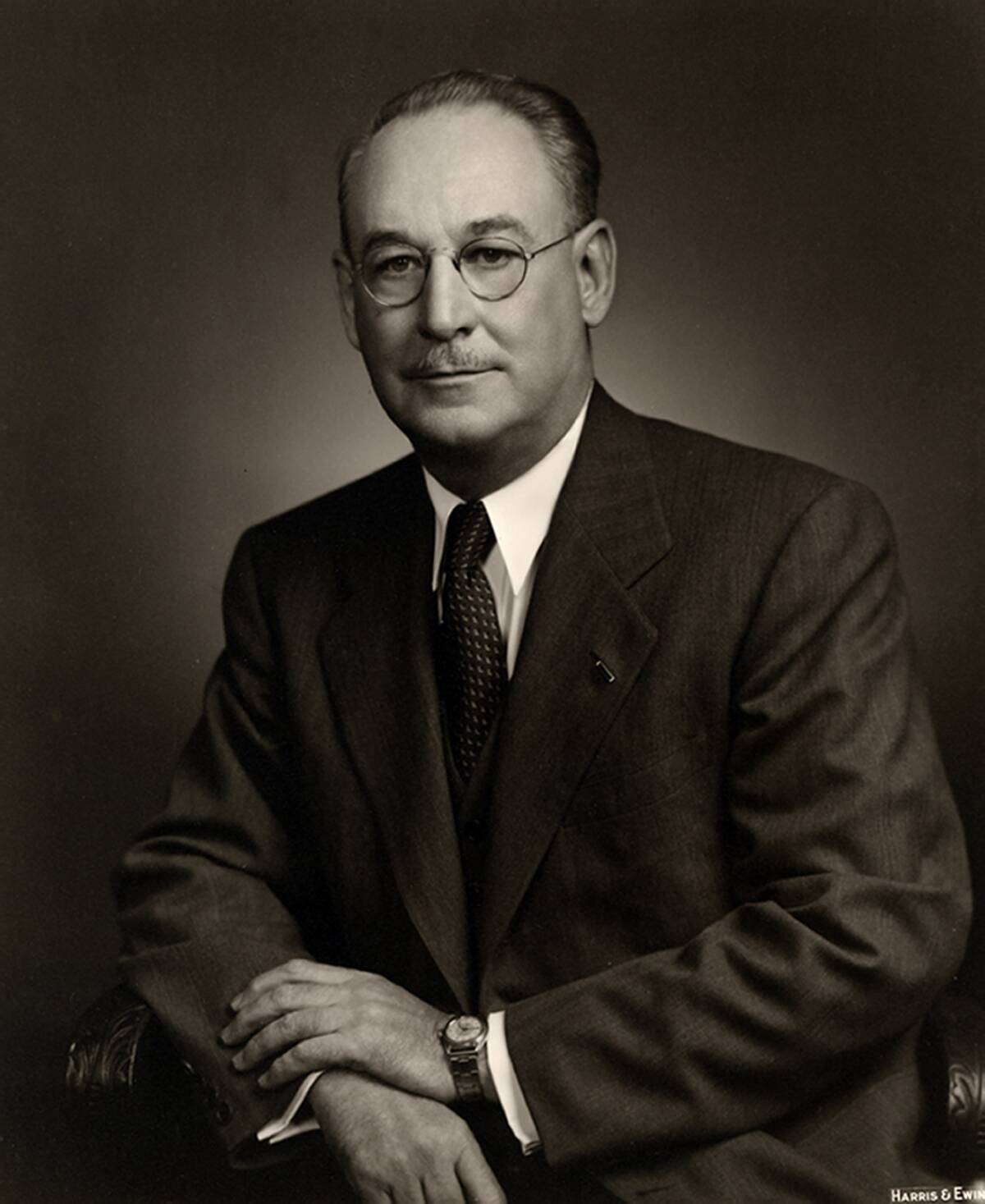
Sidney Souers was the first Director of Central Intelligence (DCI), appointed in 1946 before the CIA’s official formation. As a former naval officer, Souers brought a wealth of military experience to the role.
Although his tenure was brief, he played a crucial part in laying the groundwork for the agency’s future operations. Souers’ leadership helped to establish the procedures and protocols that would guide the CIA’s work, ensuring that the agency started on a solid foundation.
Cold War Challenges: Espionage and Tactics
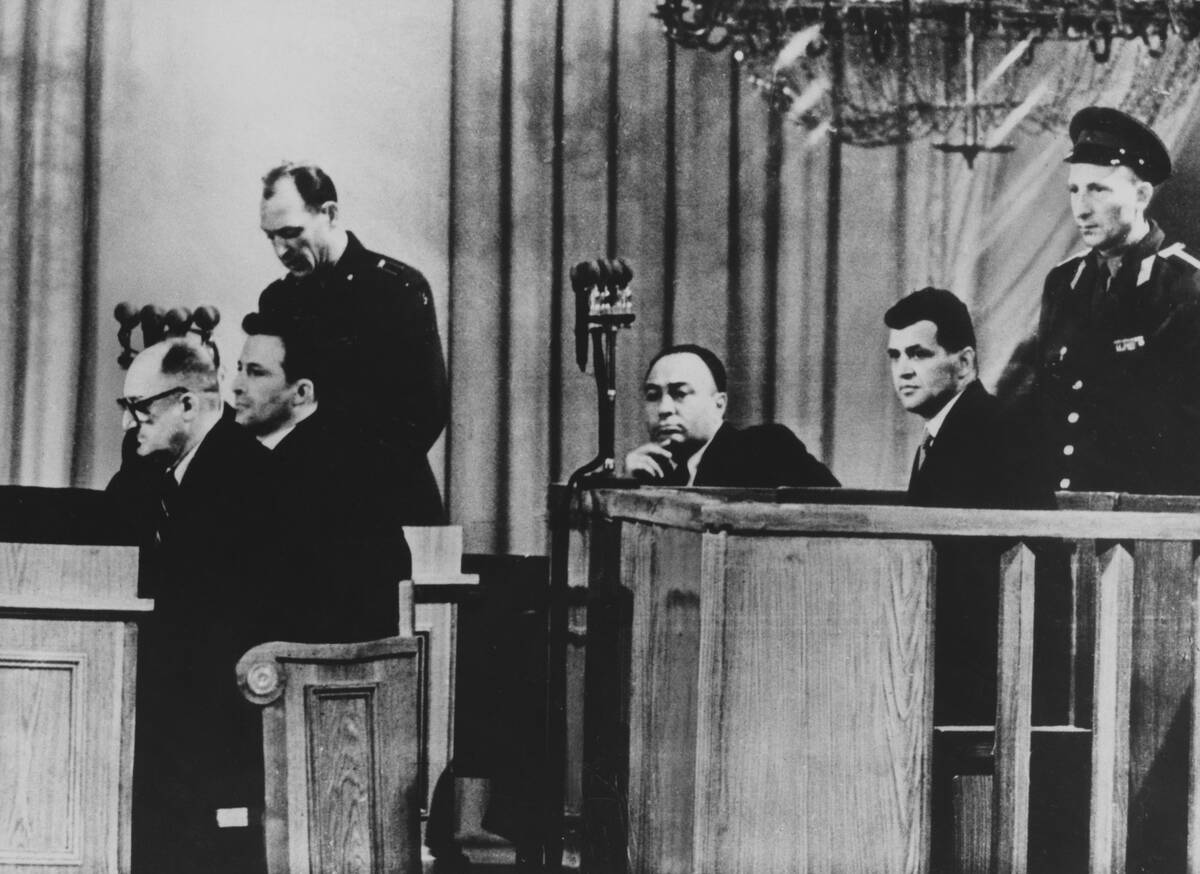
During the Cold War, the CIA was at the forefront of America’s efforts to counter Soviet influence and communist expansion. Espionage became a critical tool, with agents operating in the shadows to gather intelligence.
The agency developed innovative tactics, from covert operations to signal intelligence (in cooperation with the NSA), to outmaneuver its adversaries. The Cold War era was a time of intense rivalry, and the CIA played a vital role in shaping global geopolitics, contributing to the eventual collapse of the Soviet Union.
The Bay of Pigs: A High-Profile Misstep
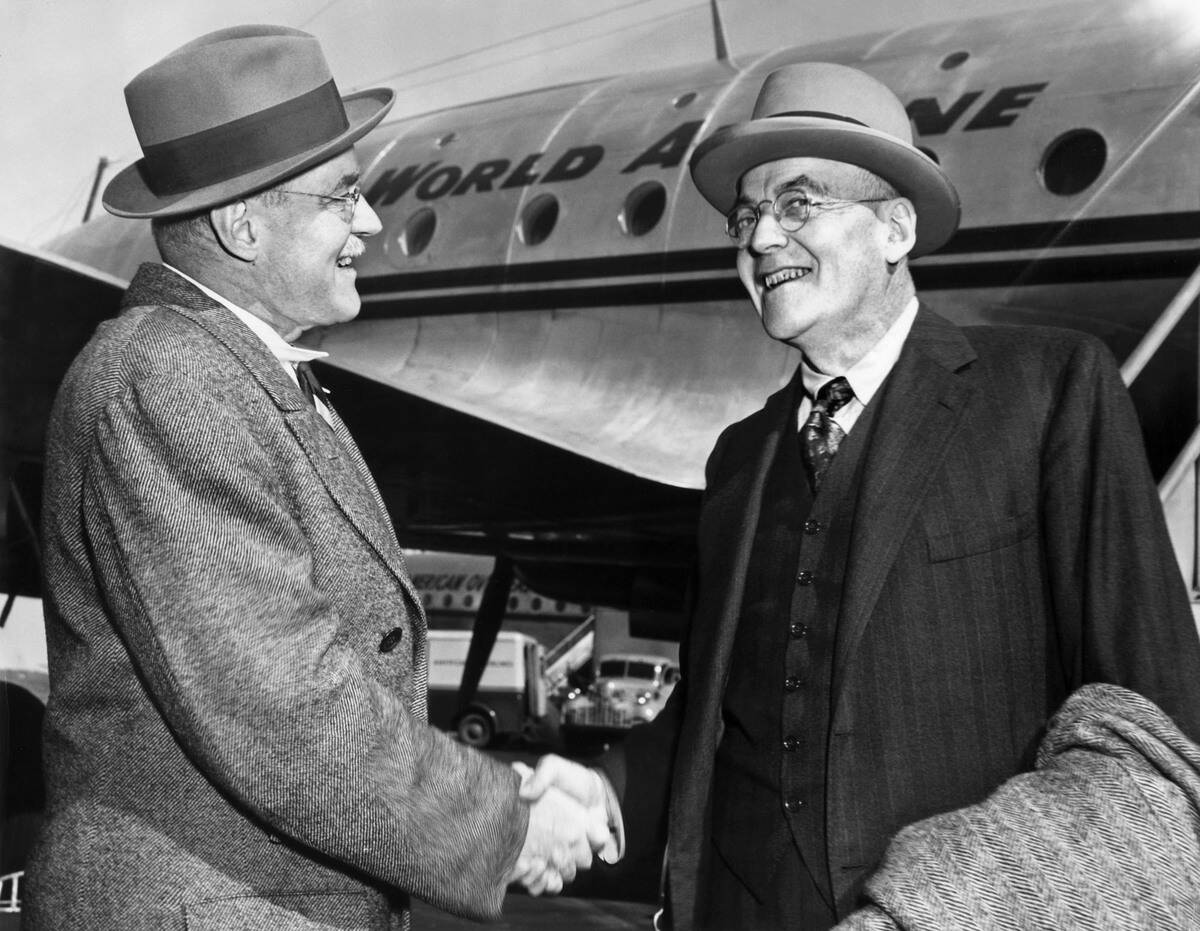
The Bay of Pigs invasion in 1961 was one of the CIA’s most notorious failures. The agency planned and executed an operation to overthrow Cuban leader Fidel Castro, but it ended in disaster. Poor planning, a lack of air support, and underestimating Castro’s forces led to a swift defeat.
The incident was a significant embarrassment for the United States and highlighted the challenges of covert action. It led to increased scrutiny of CIA operations, ultimately impacting its approach to future missions.
The Cuban Missile Crisis: Intelligence at Work
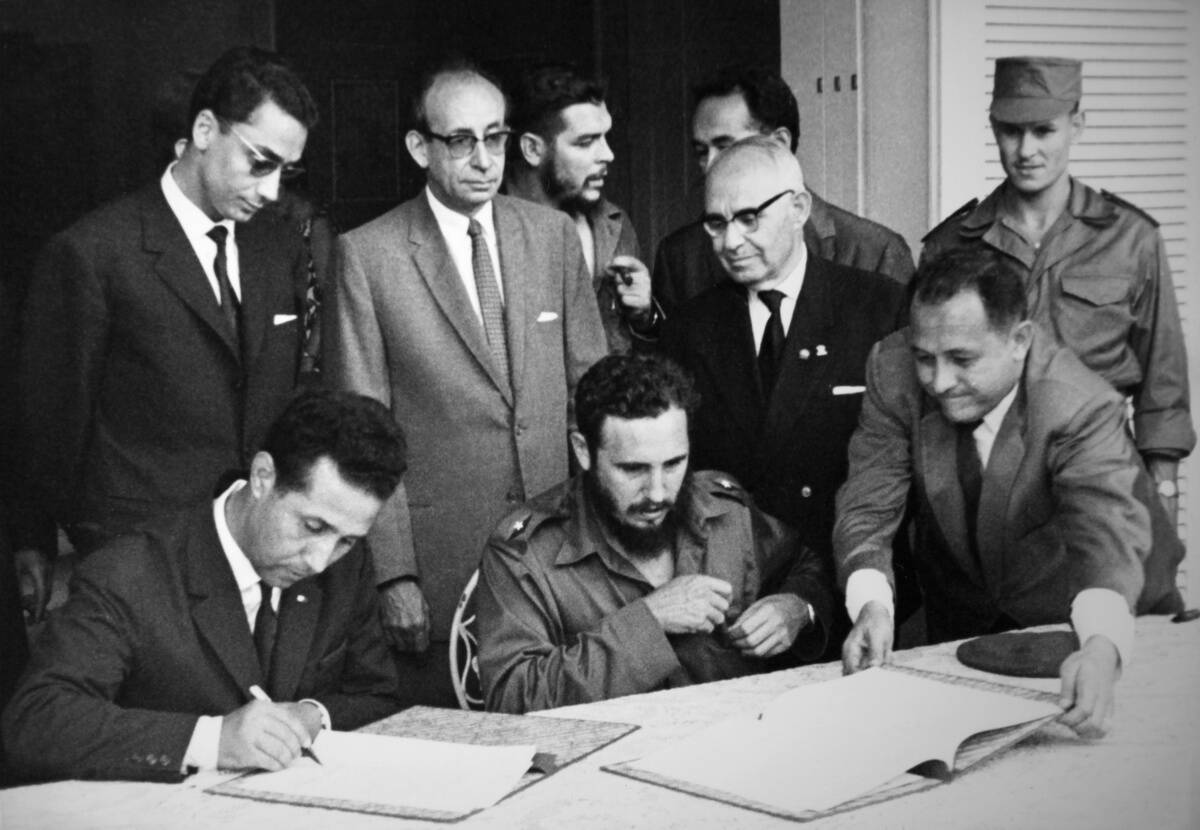
The Cuban Missile Crisis of 1962 showcased the critical role of intelligence in global diplomacy. The CIA was instrumental in discovering Soviet missile installations in Cuba, providing the evidence needed to alert President John F. Kennedy.
This intelligence allowed the U.S. to negotiate successfully with the Soviet Union, averting a potential nuclear conflict. The crisis underscored the importance of accurate and timely intelligence in international relations and solidified the CIA’s reputation as an essential component of national security.
The CIA in Vietnam: Covert Operations and Influence
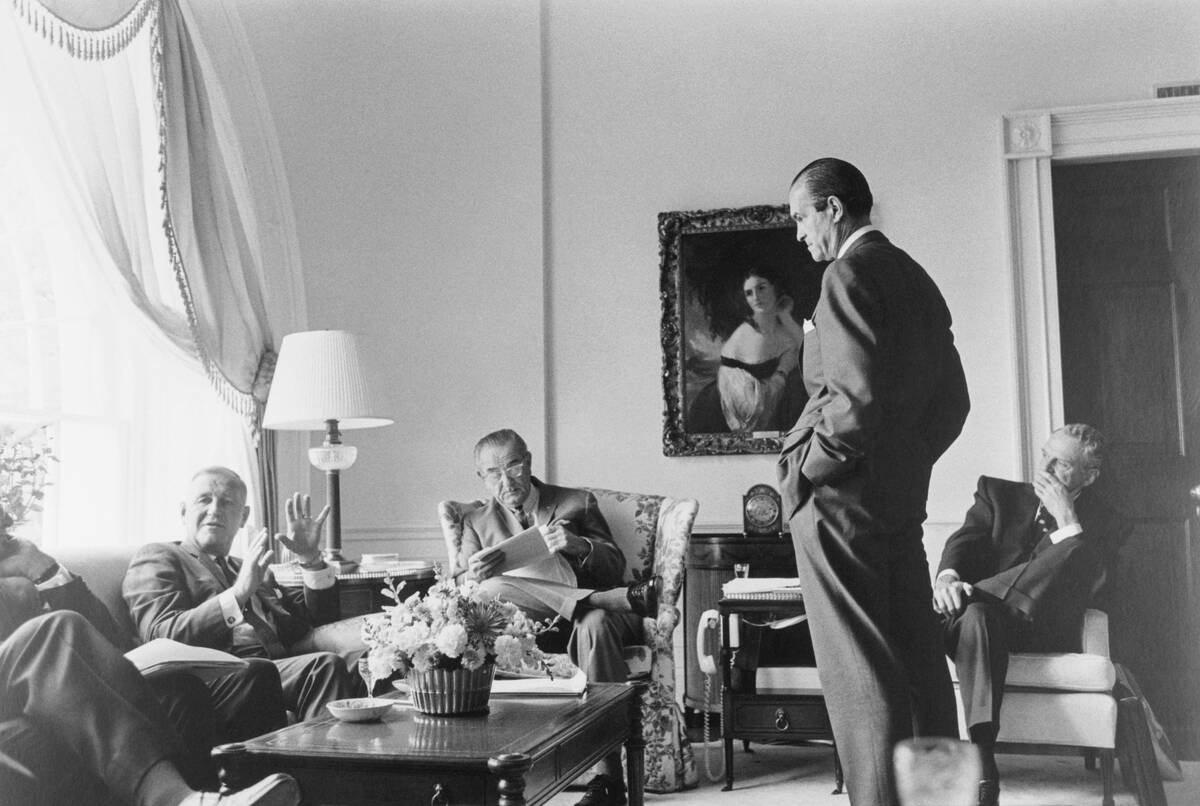
During the Vietnam War, the CIA conducted numerous covert operations aimed at undermining North Vietnamese forces. From psychological warfare to supporting anti-communist groups, the agency’s influence was felt throughout the conflict.
The controversial Phoenix Program, aimed at dismantling the Viet Cong’s infrastructure, remains a topic of debate. The CIA’s involvement in Vietnam highlighted the complexities of intelligence work in wartime and the ethical dilemmas posed by covert operations.
Watergate and the CIA: A Tangled Web
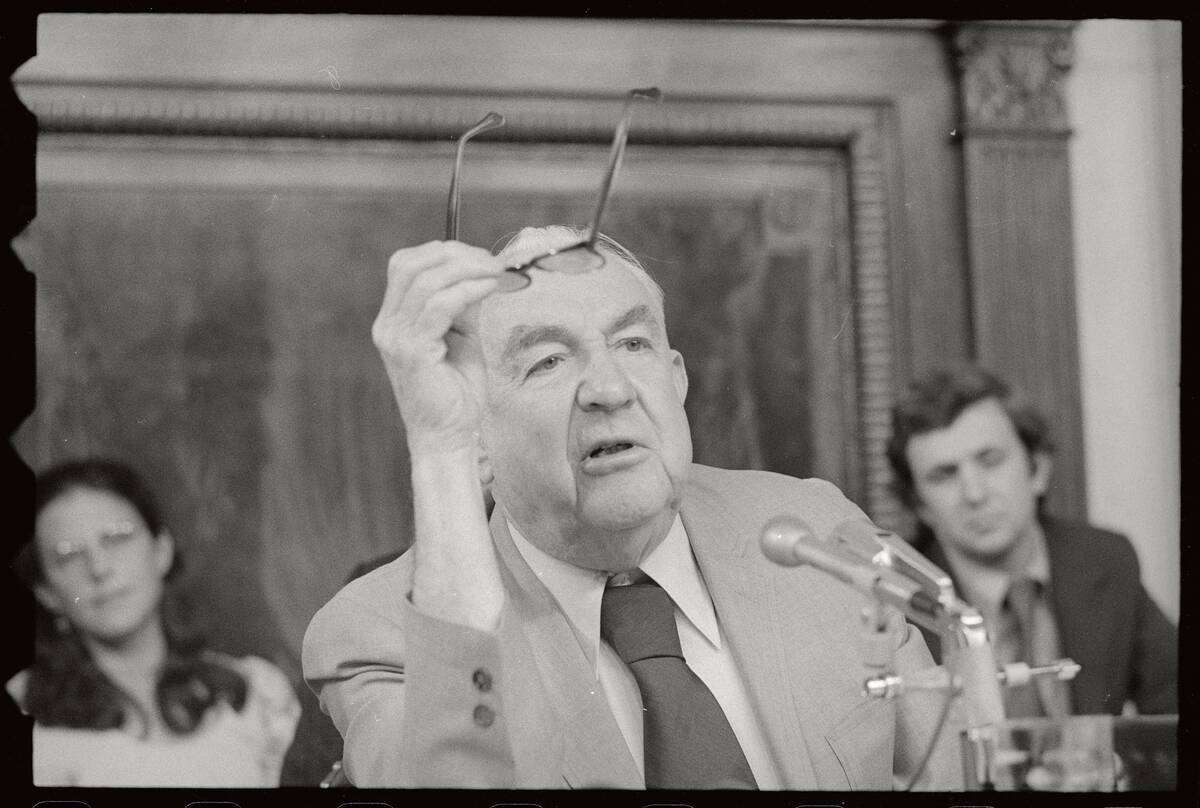
The Watergate scandal in the early 1970s revealed the CIA’s indirect connections in domestic politics. Although the agency was not directly responsible, its connections to key figures in the scandal raised questions about its role.
Former CIA operatives were implicated in the break-in, leading to increased scrutiny of the agency’s activities. The scandal prompted significant reforms, as the CIA sought to distance itself from domestic affairs and refocus on its primary mission of foreign intelligence gathering.
The Church Committee: Investigating the Agency
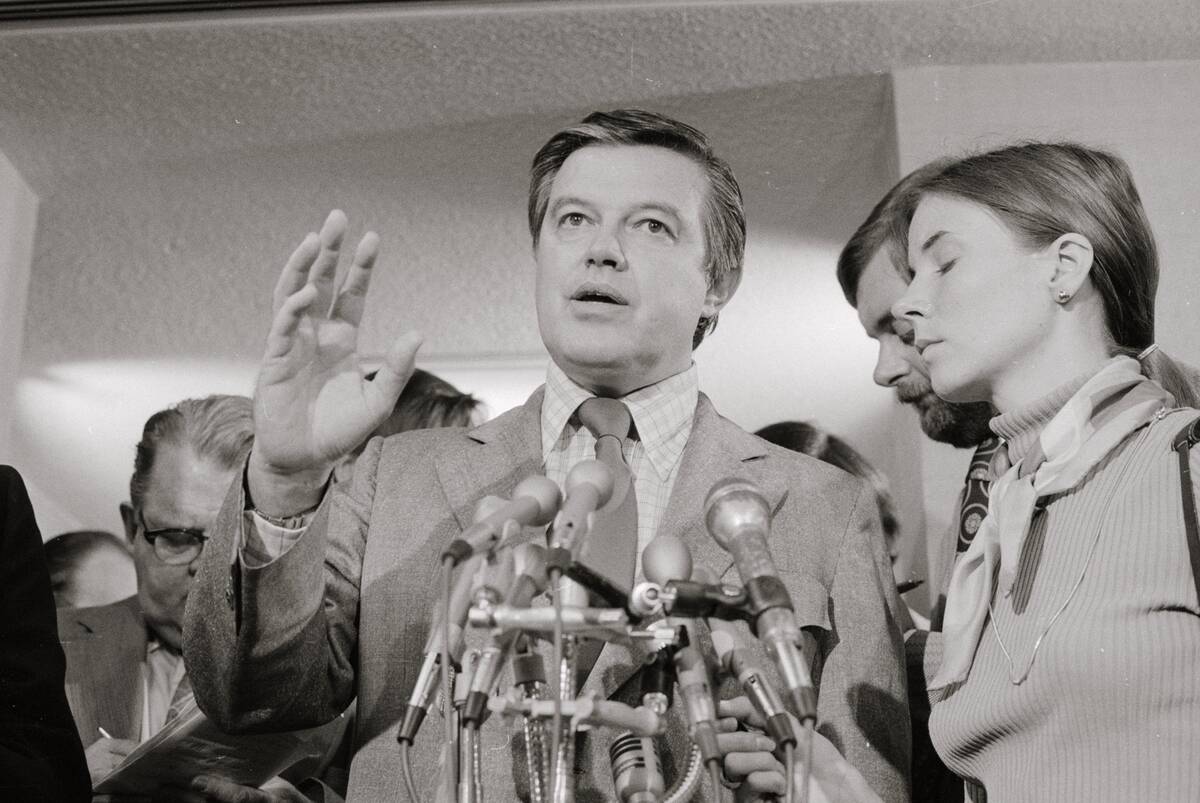
In the mid-1970s, the Church Committee was established to investigate abuses by the CIA and other intelligence agencies. The committee uncovered a range of controversial activities, including surveillance of American citizens and assassination plots against foreign leaders.
These revelations led to widespread public outcry and prompted significant reforms. The committee’s work resulted in greater oversight of intelligence operations, aiming to balance national security needs with the protection of civil liberties.
The 1980s: The Iran-Contra Affair
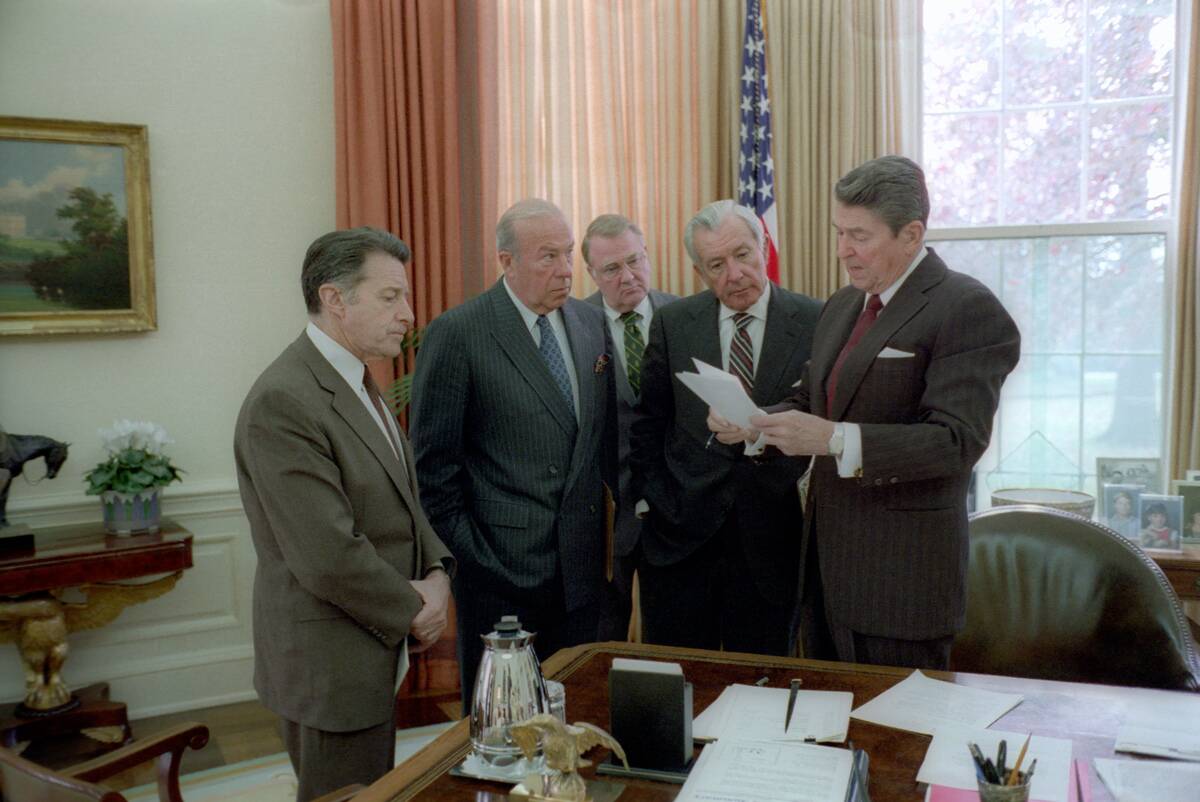
The Iran-Contra Affair was a major political scandal of the 1980s, involving the secret sale of arms to Iran to fund Contra rebels in Nicaragua. While the CIA was aware of aspects of the operation, it was primarily managed by members of the National Security Council.
The scandal highlighted the agency’s role in covert operations and the potential for overreach. It led to congressional investigations and reforms aimed at ensuring greater transparency and adherence to U.S. law in intelligence activities.
The Collapse of the Soviet Union: A New World Order
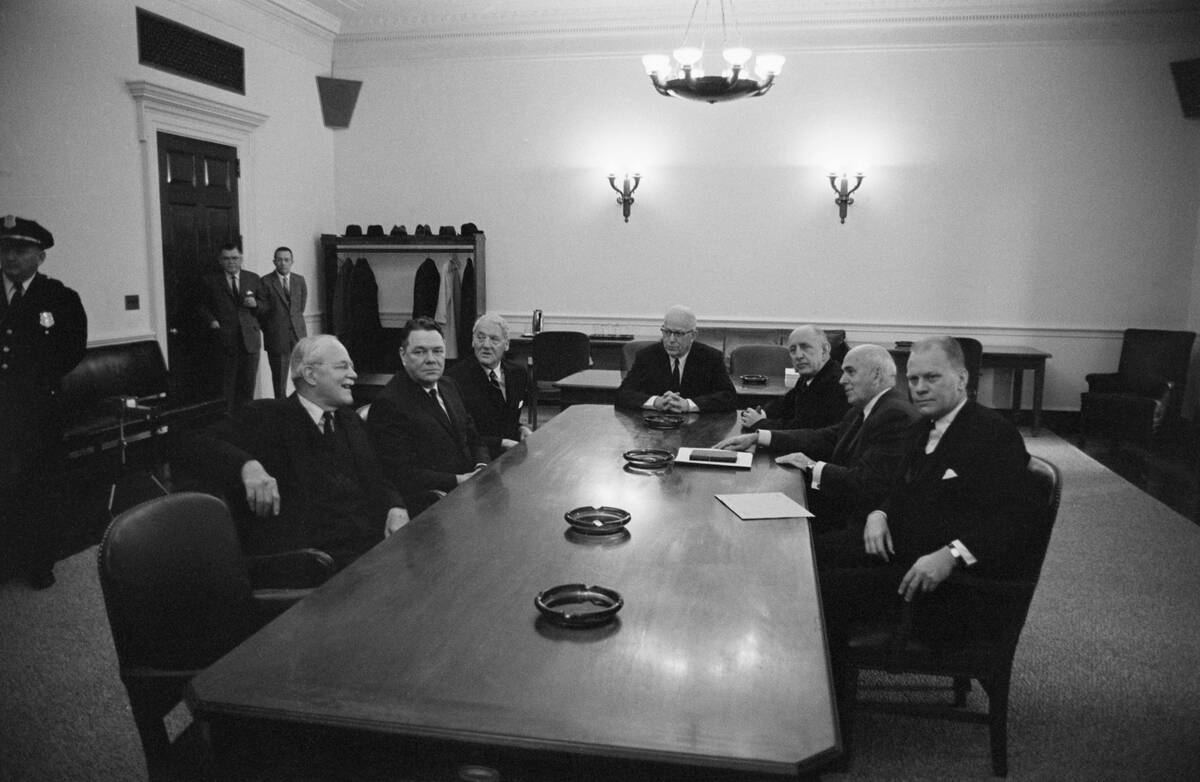
The collapse of the Soviet Union in 1991 marked a significant turning point for the CIA. With the end of the Cold War, the agency faced new challenges and opportunities. It shifted focus from countering Soviet influence to addressing emerging global threats, such as terrorism and regional conflicts.
The CIA’s role evolved in this new world order, adapting its strategies to navigate the complexities of a multipolar world. This period underscored the need for a flexible and dynamic intelligence approach.
CIA in the Post-9/11 World: Adaptation and Strategy
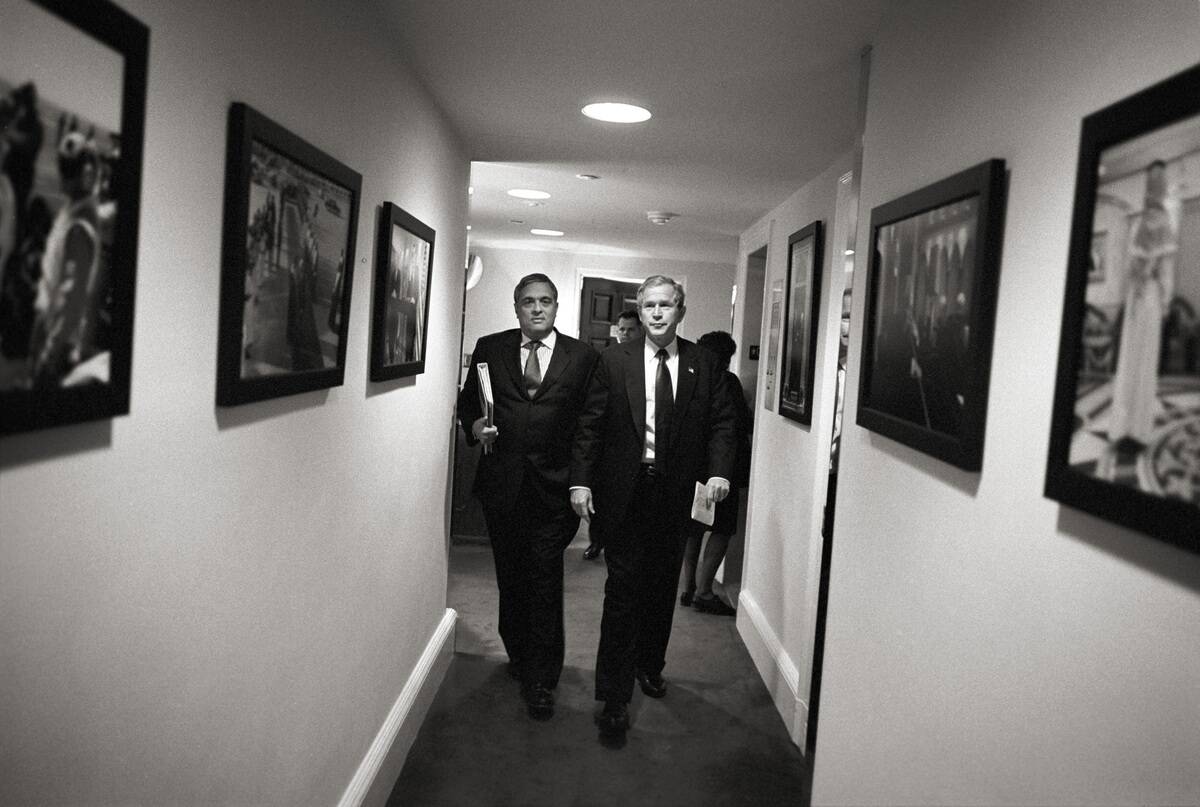
The September 11, 2001, attacks ushered in a new era for the CIA, as the fight against terrorism became a top priority. The agency underwent significant changes, enhancing its counterterrorism capabilities and expanding its global reach.
The creation of the Department of Homeland Security and the 2004 establishment of the Office of the Director of National Intelligence (ODNI) were key post-9/11 reforms. The CIA’s focused to identifying and disrupting terrorist networks, employing advanced technology and human intelligence to protect national security.
Modern-Day CIA: Technology, Terrorism, and Global Reach

In the modern era, the CIA continues to play a vital role in global security. The agency has embraced cutting-edge technology to enhance its intelligence capabilities, from cyber operations to satellite surveillance.
As terrorism remains a significant threat, the CIA collaborates with international partners to combat extremist groups worldwide. The agency’s global reach and adaptability ensure it remains a key player in addressing the complex challenges of the 21st century, from cyber threats to geopolitical shifts.



